The world knows the public internet as the best transport network and the backbone of their daily routines. However, if one looks closely, the internet is far from perfect, with many considering the network untrusted and its usage synonymous with poor reliability and performance issues. Although these faults were once overlooked, the impending Web3 revolution has led many to recognize just how far the current internet foundation is from supporting the increased usage and performance requirements that come with the metaverse, decentralized finance (DeFi) and other blockchain-technology use cases.
Soon, every major company, industry and consumer experience will be shaped by the metaverse and accompanying technologies. One of the biggest gaps still yet to be filled is a network that can support the requirements. After all, the centralized infrastructure the internet depends on is not public or trustless, direct violations of what the blockchain-led digital realm is hoping to achieve.
To illustrate these concerns, users are encouraged to first consider the data routing system. This system uses a protocol that has remained unchanged since its inception in the 1980s, coupled with routes that are governed by peering relationships between telecom giants. Today, internet data routing is not controlled by the user but by a centralized group of large corporations. Currently, internet data is not routed for optimal performance, so data traffic continues to pile up if a specific link is congested. It doesn’t route around congestion, so users get lower internet speeds and their favorite websites or applications aren’t accessible. On the surface, it might look like a minor inconvenience; however, immersive experiences, including the metaverse, will be crippled without a performance-optimized internet.
Right now, there is a mismatch between network providers optimizing for cost and data senders desiring optimal network performance. That’s why internet users often don’t get the best services possible. Consequently, networks don't take into account routing decisions that ensure traffic is being delivered in the fastest way possible, nor can dynamic choices be made to avoid areas of congestion or censorship.
In the current centralized setup, internet service providers control data routing to benefit their bottom line. Sometimes, this may be at the expense of latency, packet loss or interrupted connections for the end-users, whether this is an enterprise or consumer.
Building a foundation for security
Another look at the internet's foundation would indicate that the network lacks natural security. Any traffic sent across the public internet is done without encryption by default, a decision that was made back in the 1970s.
As a result, security and privacy have had to be addressed by third-party providers of encryption and other forms of security applications. Implementing encryption on a wide scale proved to be daunting, requiring reliance on the third party for the safe distribution of the keys.
In the emerging decentralized model of Web3 and metaverse, users don’t want to rely on third parties for encryption and private key management. An open project’s, Syntropy, solution has encryption built-in by default, so there is no reliance on outside third parties to manage private keys, and all traffic remains private and secure from one end of the connection all the way to the other endpoint.
Internet is owned by the providers
Unfortunately, the internet also requires changes in terms of ownership. The majority of internet users today rely on a provider like AT&T or Comcast since only a small number of telecom companies control the internet backbone.
When power is concentrated in the hands of a few, innovation is stifled and reliability and performance are not the highest priority. The interest of those impacted is likely to become subject to high costs and governance that does not consider the best interest of its users.
Solving networking problems
Leading the charge to solve these problems is Syntropy, a project that is taking a different approach to the network at the heart of the Web3 revolution. By improving the public internet itself and creating new incentive mechanisms through an open internet exchange powered by its token NOIA, Syntropy can provide private network performance levels to any user. Syntropy overlays the internet, transitioning it from its current state as many competing, self-interested networks to a holistic, self-sustaining, group-oriented network of networks-giving birth to true Web3 and the metaverse.
The technology aims to eliminate bottlenecks and address the existing internet’s limitations by making security and performance optimization the standard. In practice, it replaces the single default internet path with multiple network paths over the internet that are measured regularly and automatically relay participant traffic to its destination via the best path available.
Syntropy has demonstrated these substantial network improvements with Entain, a global sports betting and gaming giant that leverages Syntropy’s DARP, a layer-0 protocol for Web3. Entain has since noted an improvement in its network performance by routing data through the best-performing paths, resulting in a better experience for the end-user.
Learn more about Syntropy
Disclaimer. Cointelegraph does not endorse any content or product on this page. While we aim at providing you with all important information that we could obtain, readers should do their own research before taking any actions related to the company and carry full responsibility for their decisions, nor can this article be considered as investment advice.

You can get bonuses upto $100 FREE BONUS when you:
💰 Install these recommended apps:
💲 SocialGood - 100% Crypto Back on Everyday Shopping
💲 xPortal - The DeFi For The Next Billion
💲 CryptoTab Browser - Lightweight, fast, and ready to mine!
💰 Register on these recommended exchanges:
🟡 Binance🟡 Bitfinex🟡 Bitmart🟡 Bittrex🟡 Bitget
🟡 CoinEx🟡 Crypto.com🟡 Gate.io🟡 Huobi🟡 Kucoin.

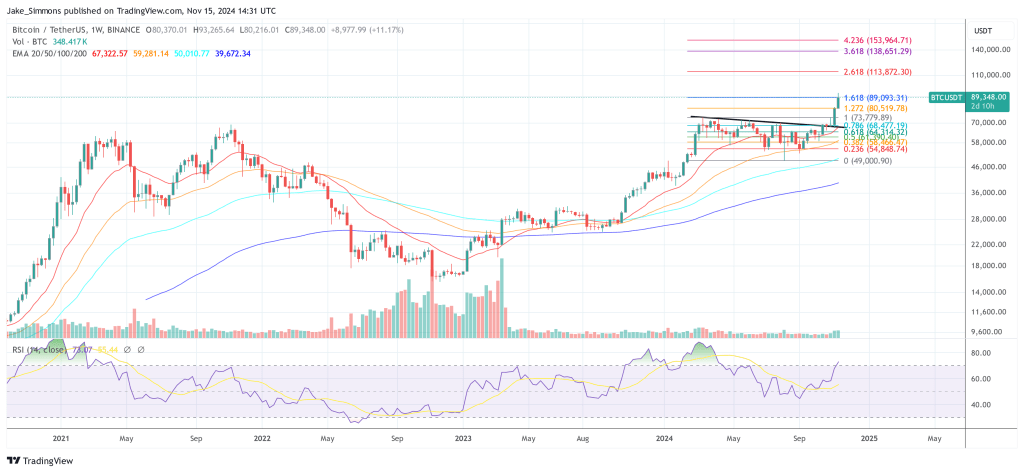


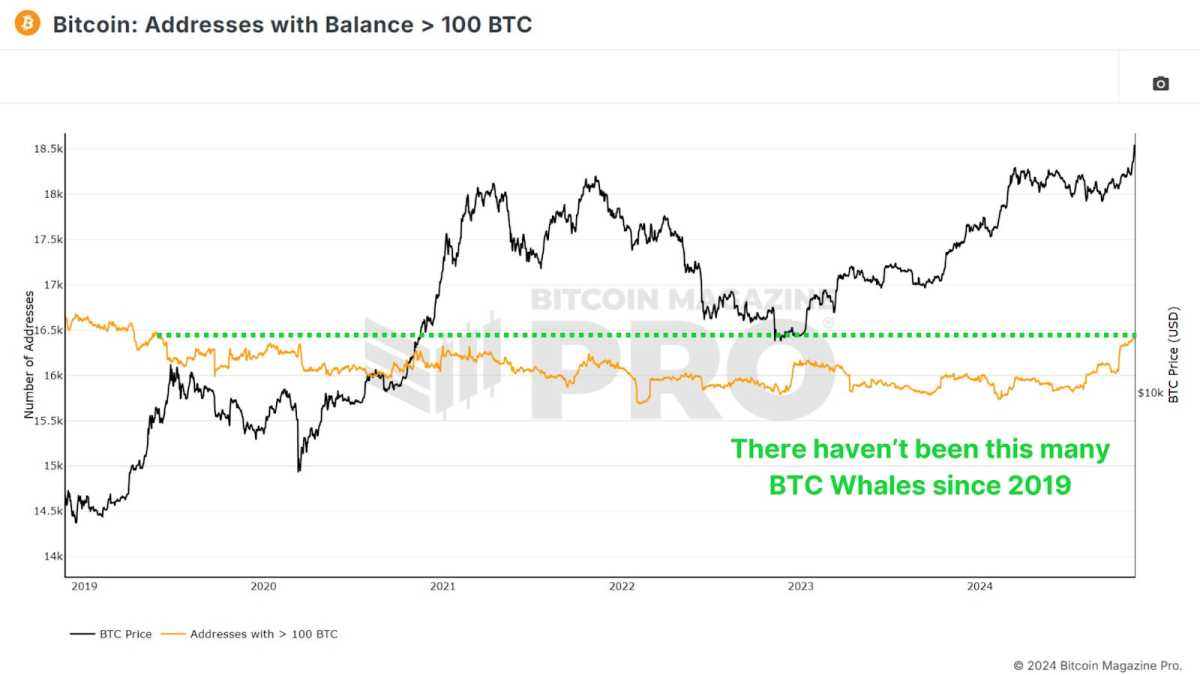

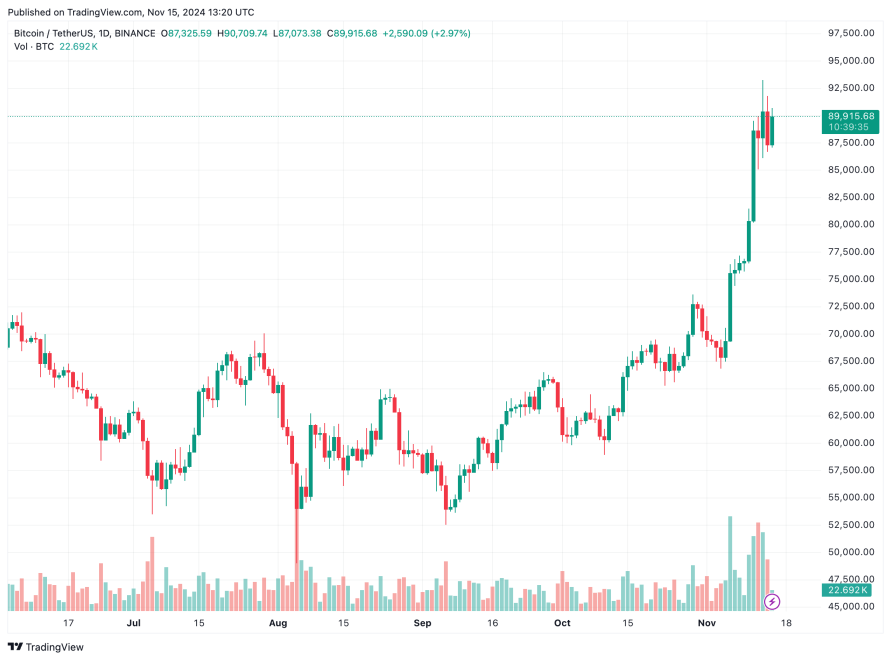

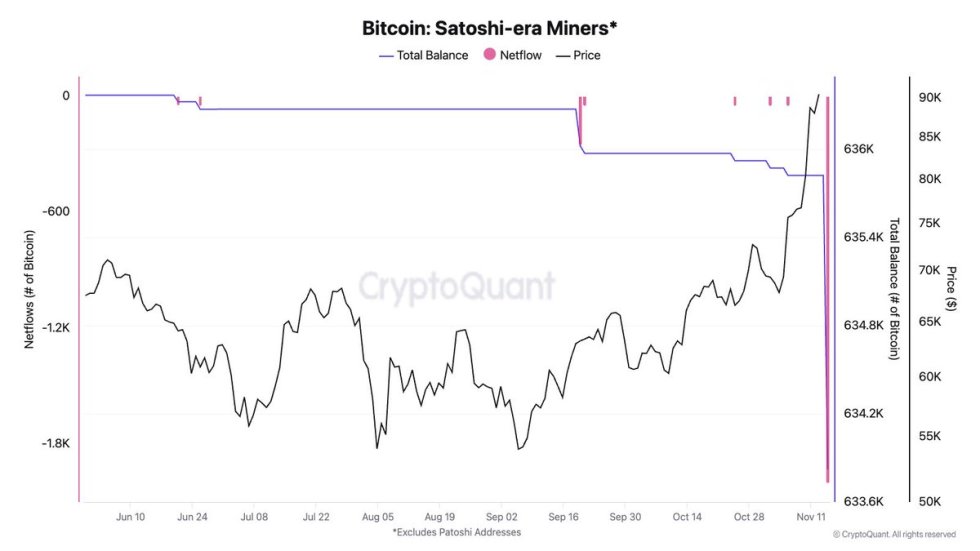





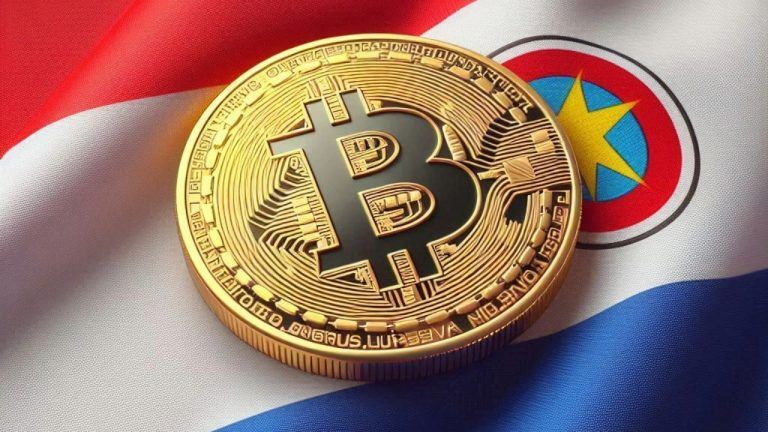




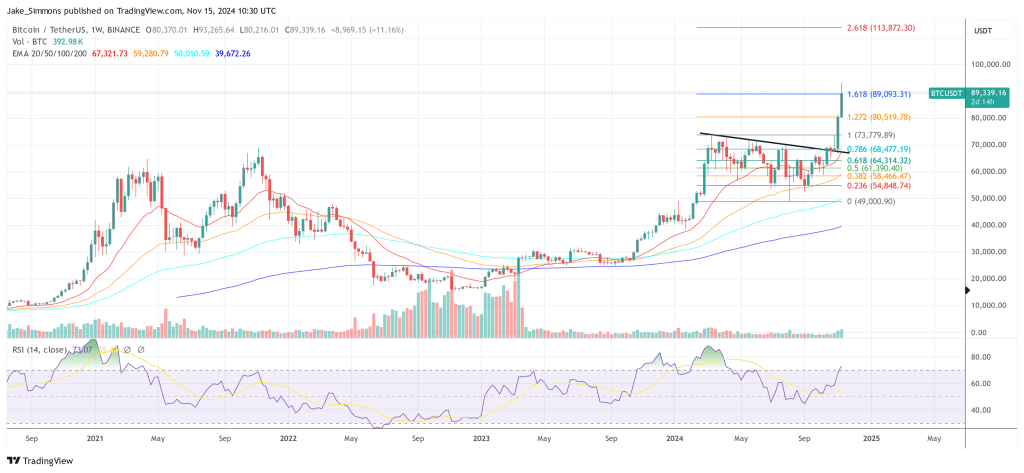

Comments